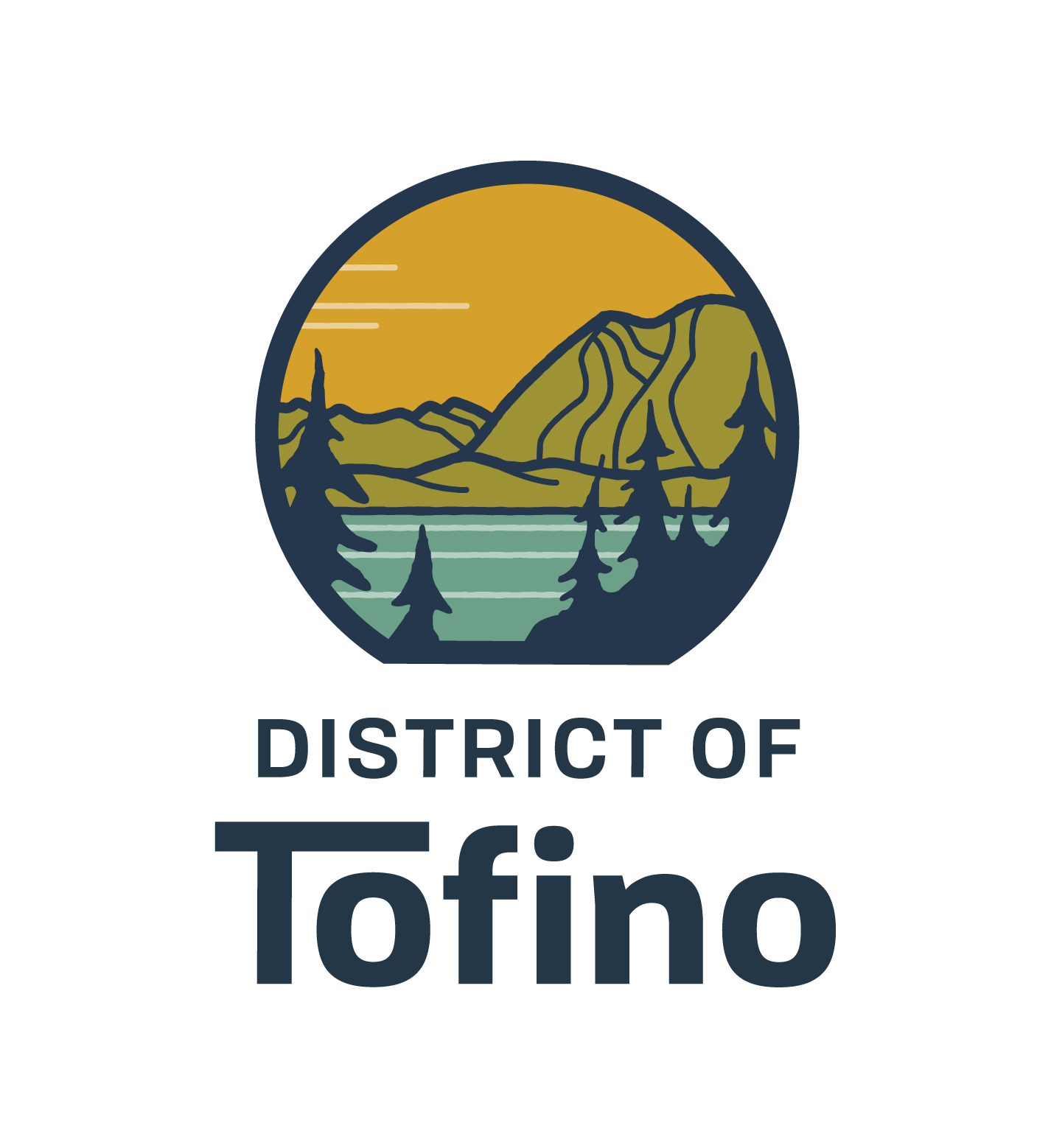Official Community Plan Amendment - Ocean Interface Designation
The District of Tofino has received two separate zoning amendment applications for 1211 Pacific Rim Highway and 1141 Pacific Rim Highway to allow for the development of staff accommodation in the Ocean Interface Official Community Plan (OCP) designation. Before these applications can be considered by Council, an amendment to the policy language of the OCP is required.
Why is an Official Community Plan Amendment Required?
The Official Community Plan is the District of Tofino's primary policy document, guiding land use and development decisions. The OCP contains general policies that are not area-specific, as well as policies that apply to specific areas (land use designations). These broad and area-specific policies must be considered together to inform development decisions.
As a general approach to future development, the OCP limits new development to the Future Homes, Village and Industrial land use designations located within the Village Containment Area (VCA) to achieve sustainable development goals. However, limited development outside the VCA may be supported in line with area-specific policies, like those contained in the Ocean Interface designation that support staff accommodation.
Under provincial legislation, zoning amendments must be “consistent” with the OCP. During the initial review of the associated zoning amendment applications, staff identified some competing policy language in the OCP that made it difficult to conclusively demonstrate the applications were consistent.
Currently, the Ocean Interface land use designation supports staff accommodation development. However, additional language within the Ocean Interface section and elsewhere in the OCP negates this support. The OCP amendment aims to clarify some competing policy language so that staff accommodation development in the Ocean Interface may be confidently considered.
The proposed OCP amendment is not intended to shift the District’s approach to development outside of the Village Containment Area. It is meant to be an administrative update to improve the OCP's legibility and interpretation. This amendment would have been addressed during a routine review of the OCP (typically every five years). However, it is being considered now due to the receipt of specific development applications proposing priority land uses (e.g., staff accommodation) that have the potential to address critical housing needs.
Proposed Changes
The table below summarizes the proposed text amendments approved at the first, second, and third readings. The proposed policy amendments are shown in the table below in bold italics.
| Policy Section | Proposed Changes (In bold italics) | Rationale & Considerations |
| Core Approaches to Future Land Use (3.9.1.1) | Limit residential development to the Village and Future Homes areas. Except, limited residential development may be considered outside of these areas only where supported by Land Use Designation policies. | Current policy wording does not support residential development outside the Village and Future Homes areas. This could be interpreted to apply to staff housing projects (a form of residential development). The suggested change would enable staff accommodation to be considered in line with existing Ocean Interface policies. This additional text provides clarification to enforce a policy already incorporated in the OCP. |
| Core Policies (Homes and Neighbourhoods) (4.1.2.5) | Prioritize | Current policy wording prohibits any development outside of the village core. The proposed amendment addresses this prohibition and removes the tension between Land Use Designation (section 5) policies that support limited development in particular circumstances, such as staff accommodation. |
| Ocean Interface (5.1.2.4) | According to District mapping, all areas within the Ocean Interface are within tsunami inundation areas, making strict adherence to this policy difficult. Removal of this policy statement does not negate other, more general OCP policies that support tsunami risk reduction and mitigation measures (e.g. 4.2.2.32), which would factor into decisions on future development proposals. Measures to mitigate tsunami risk can be considered on a project-specific basis during zoning amendments. |
Questions
If you have a question about this rezoning application, please ask. District staff will aim to respond in 3 to 5 business days.



Thank you for your contribution!
Help us reach out to more people in the community
Share this with family and friends